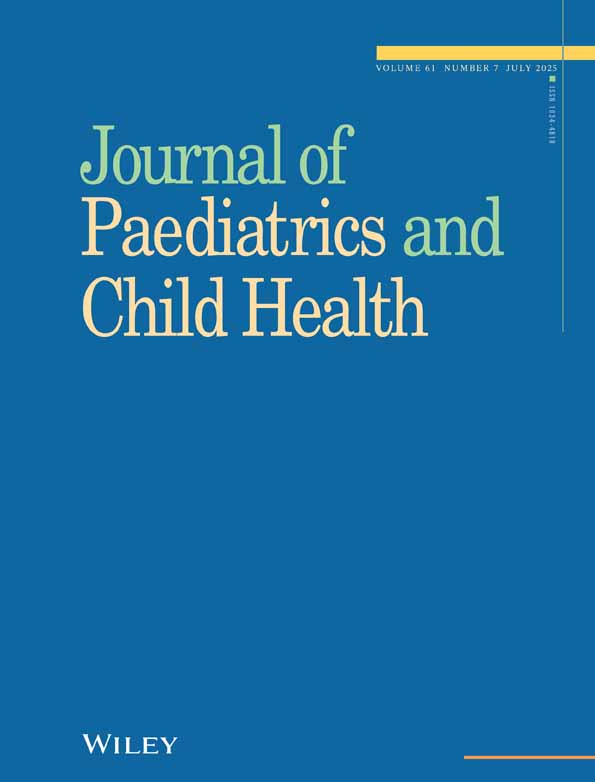Neurological deterioration following head injury: The eyes had it
Abstract
A 17-year-old male presented with confusion following a mild head injury. Repeated CT scans of the head were normal. There was a 3 year history of decreased vision, associated with a focal pigmentary retinopathy. On assessment he demonstrated visual agnosia and early dementia. An MRI scan showed symmetrical demyelination of the white matter, particularly of the occipital lobes. The diagnosis of subacute sclerosing panencephalitis (SSPE) was confirmed by the typical EEG findings and the presence of measles antibodies in the CSF. The head injury was the precipitating factor which led to a diagnosis of SSPE. This disease should be considered in young patients who have persisting cognitive dysfunction out of keeping with the severity of the initial trauma. A focal pigmentary retinopathy, especially with macular involvement, should also raise the possibility of SSPE, despite the absence of neurological symptoms initially. We report the longest interval to date between the visual symptoms and onset of neurological signs of SSPE.




